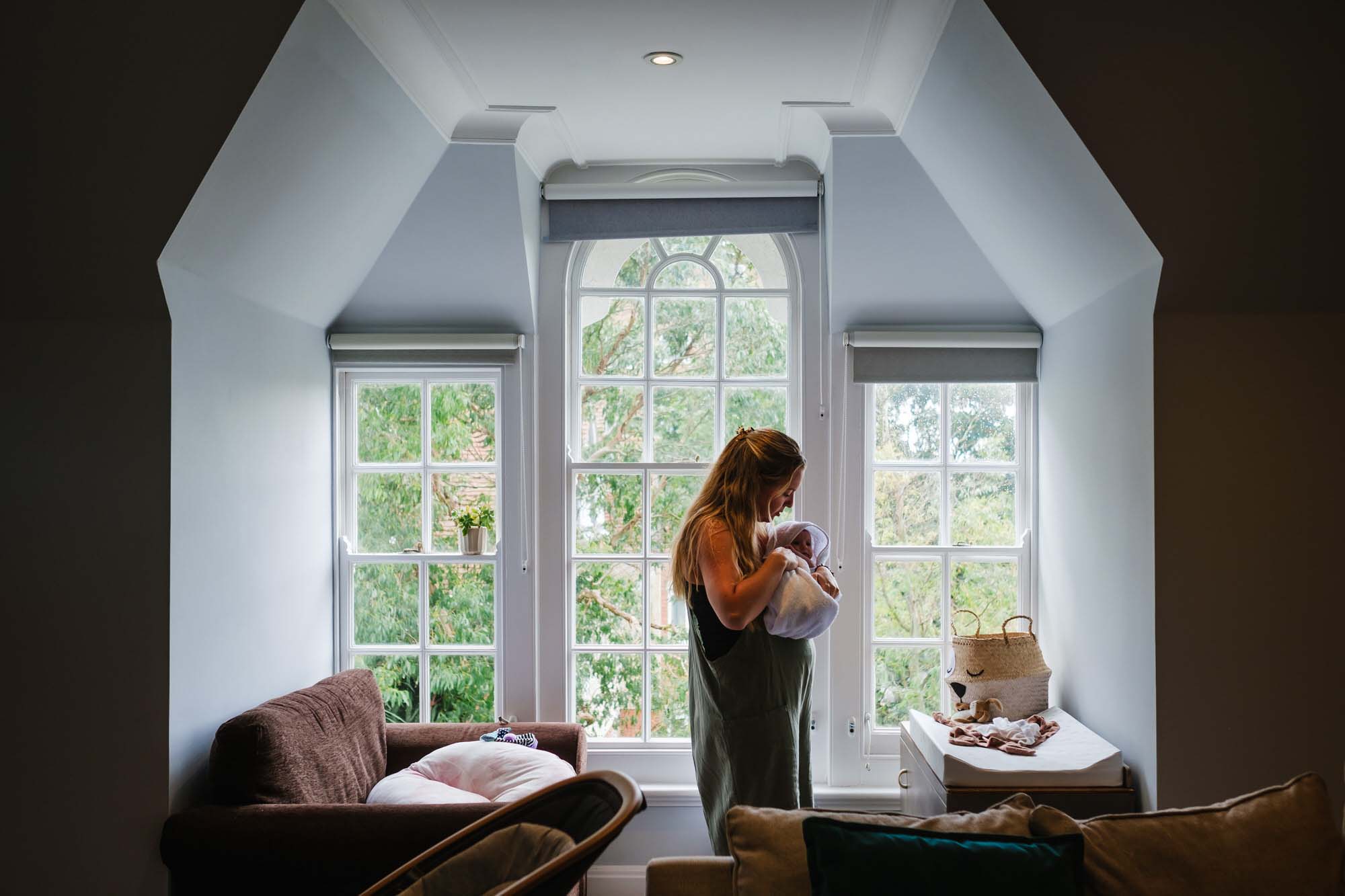In 2018 I stumbled upon a YouTube video that got me obsessed with a specific analog point-and-shoot camera. I looked for weeks online to try and find one but no such luck.
Since I couldn’t find a reasonably-priced model, someone recommend a good (and cheap) alternative instead: the Olympus mju-II. It’s a small point-and-shoot camera that shoots film. I loved it and even wrote a review after using it for a month – if you’re interested to see what my first impressions were, have a read here.
The mju-II took me right back to my teenage years when I had my first camera and experimented with photography without knowing what I was doing and no chance to check if I was going the right way. I noticed this time around how hard it is to rely on a device without knowing what the outcome would be. Back then it was normal – today, everything is digital, everything offers instant gratification, instant results and answers. We’re literally addicted to it. So trusting the process was something I needed to wrap my head around again.
When I photograph my clients – whether that’s a business owner or a family – I usually have an idea of what I want to capture. Depending on the type of session, I plan specific shots (for personal branding sessions) or just let the day unfold in front of me (documentary family photo sessions) but either way, there’s a goal in terms of what I’m trying to create. While those sessions are different from each other, what’s the same though is that once I take the camera to my face, I know what image I’d like to capture.
With my digital camera, I can instantly check if I got the moment, if my subjects looked a certain way or in a specific direction or if I hit focus. If the photo doesn’t speak to me or I feel like I can work the scene longer to get the best shot, I can take another one. Or 10.
Obviously, I can take just as many photos with a film camera but I wouldn’t. Developing film can get expensive so while I might take up to 1000 photos during a really active family session, I would probably try and stick to 1 or 2 rolls of film if I shot analog. That’s, depending on the kind of film I get, 72 frames max.
Now, for full disclosure – I don’t offer film photography to any of my clients. But having this limitation in mind really helps to make sure I don’t just shoot for the sake of taking a picture. The idea is to take beautiful photos of meaning and with substance. That requires reading the scene and the available light.
In 2019 I shot 1 roll of film every month. The goal was to slow down when I photograph. That doesn’t just mean shooting less but really composing an image well in-camera, looking at the light and every piece of information in my frame. I wouldn’t be able to check whether the photo worked or not until a couple of weeks later when I’d have the scan back from the lab.
And what happened was that some images were imperfect. Sometimes, the camera let light in that partly exposed a film, the focus was off (I couldn’t pre-focus like I can with my digital camera) or the image was blurry (the camera doesn’t have the ability to adjust the shutter speed or aperture). All these imperfections made the photos special. It taught me that a good photo doesn’t have to be tack-sharp. It has to have a story though, a meaning. I learned that the most important part of an image is intent.
What is it that I want to say with this photo? Which elements help tell the story and which are distracting? How could I have moved my body around the scene to get a better version of this moment?
This exercise is just as easily done with a digital camera but having only 36 frames available, really drives the point home of being deliberate with each image.
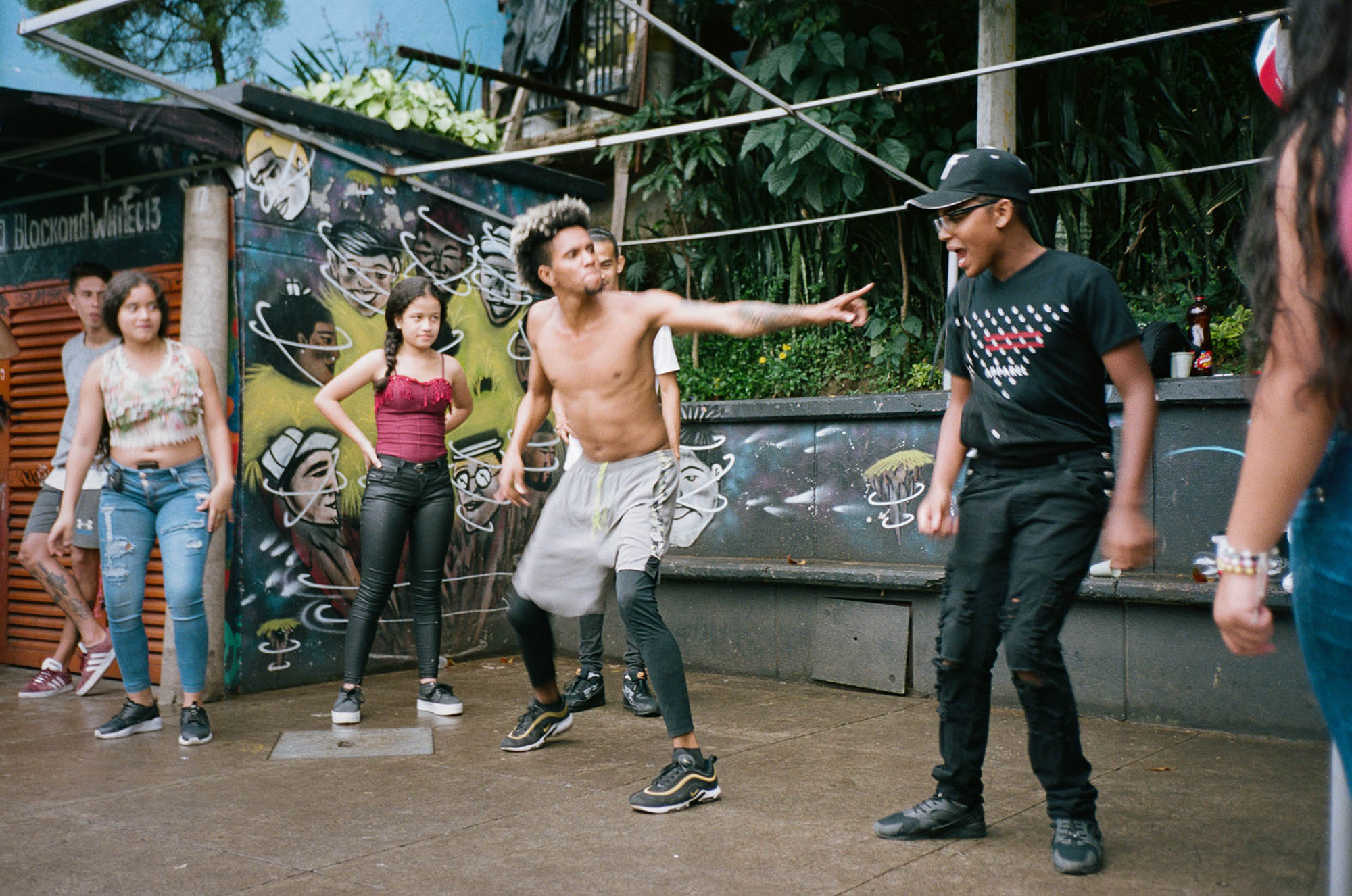
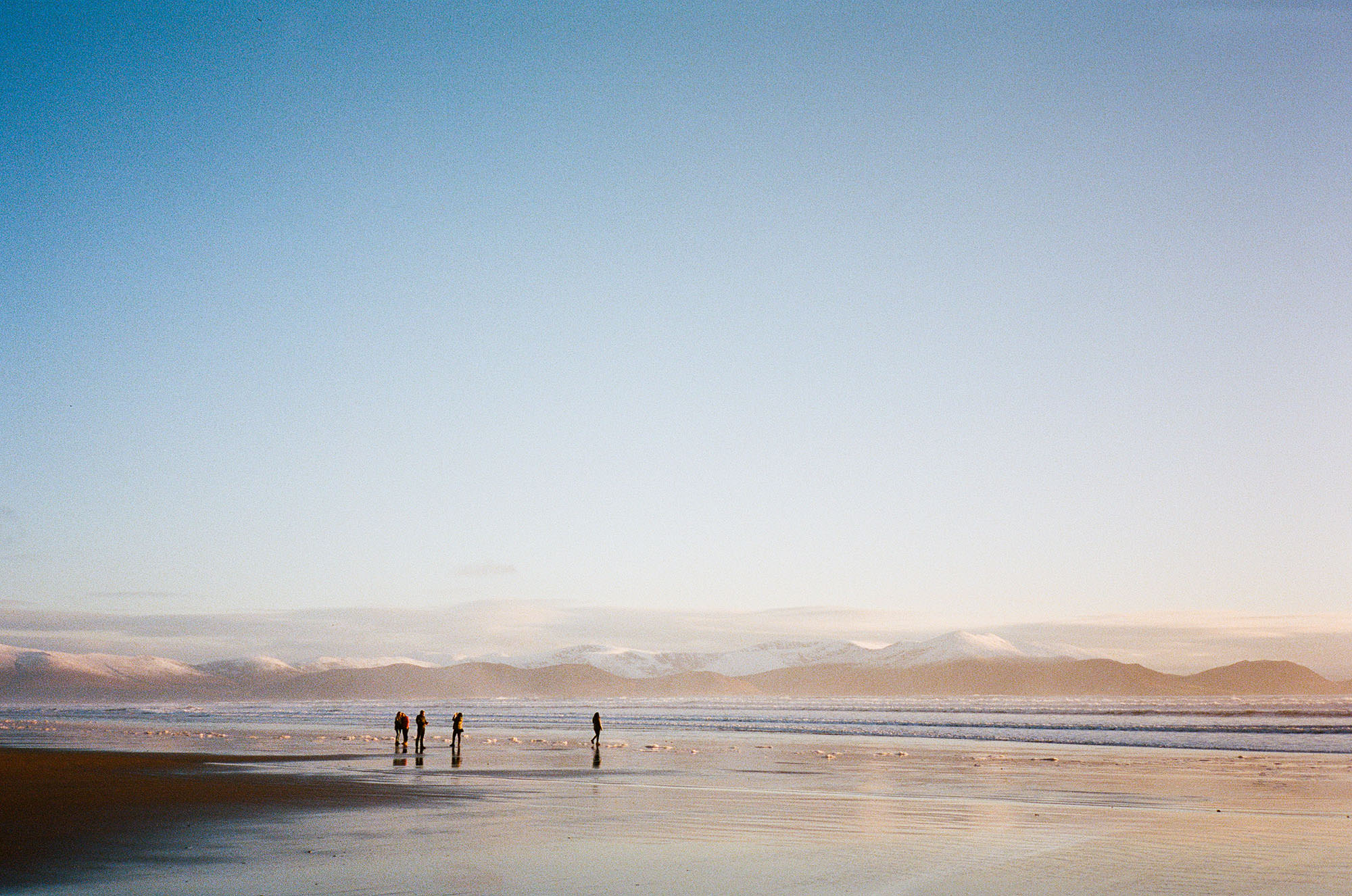
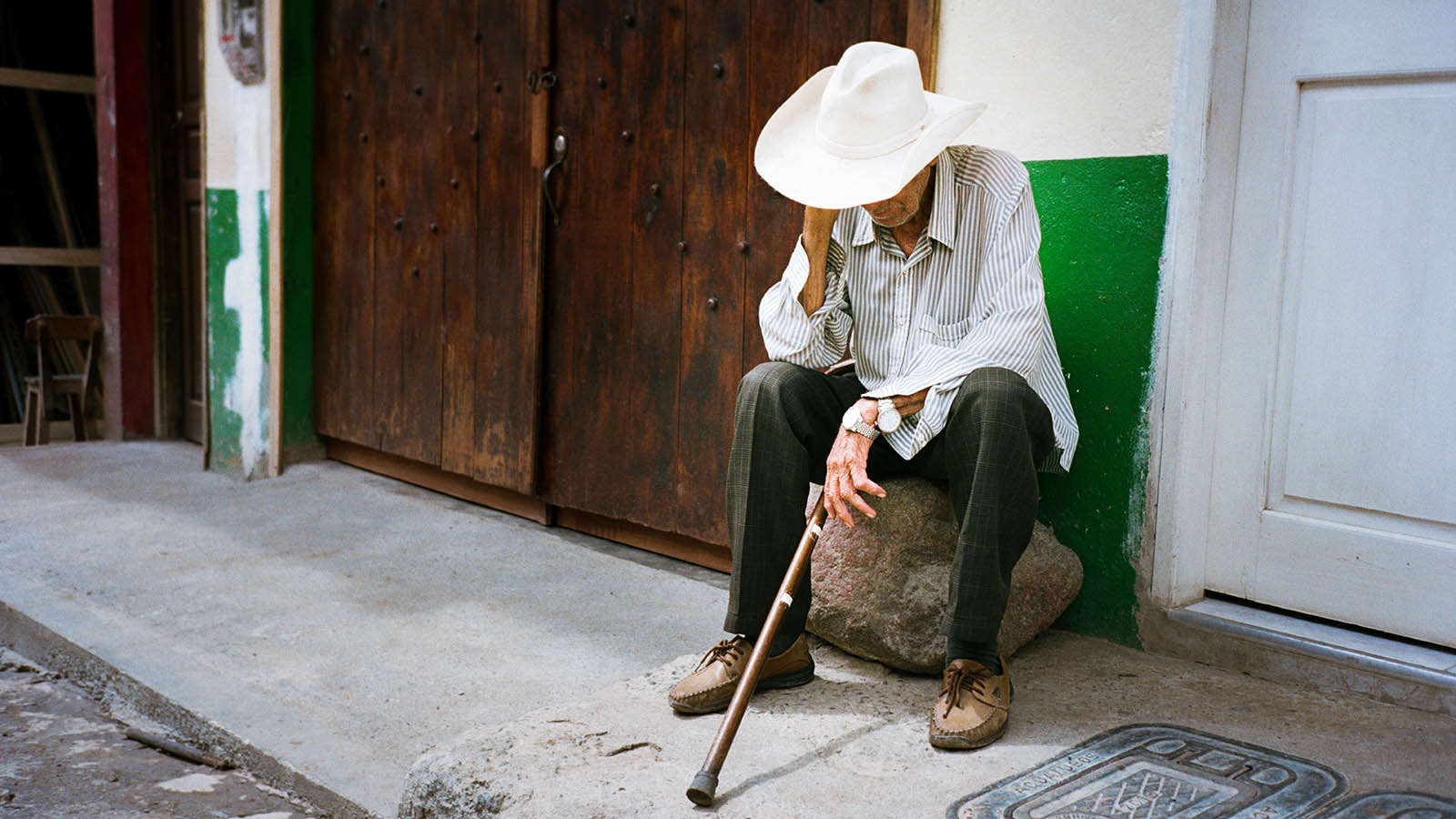
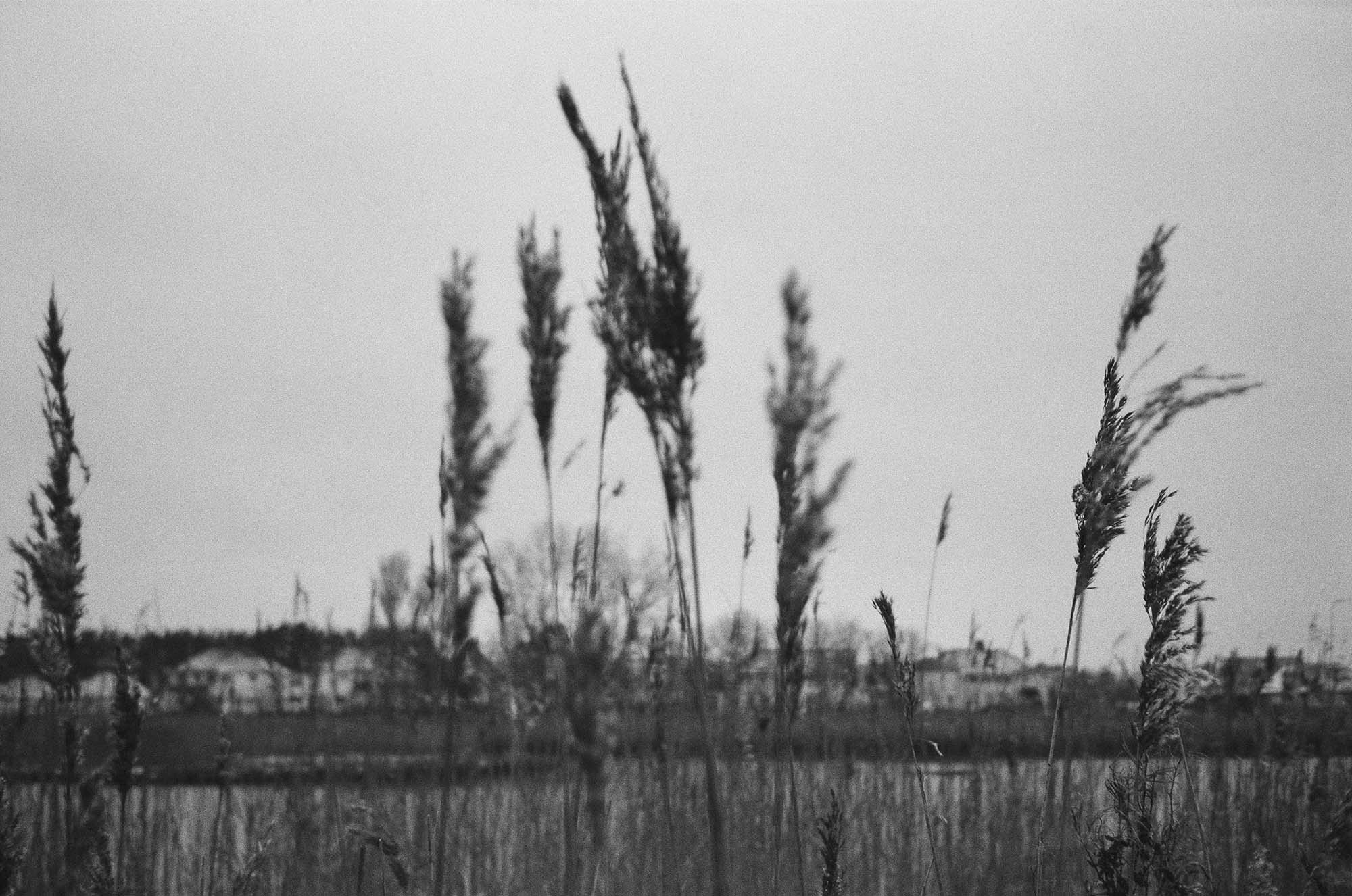
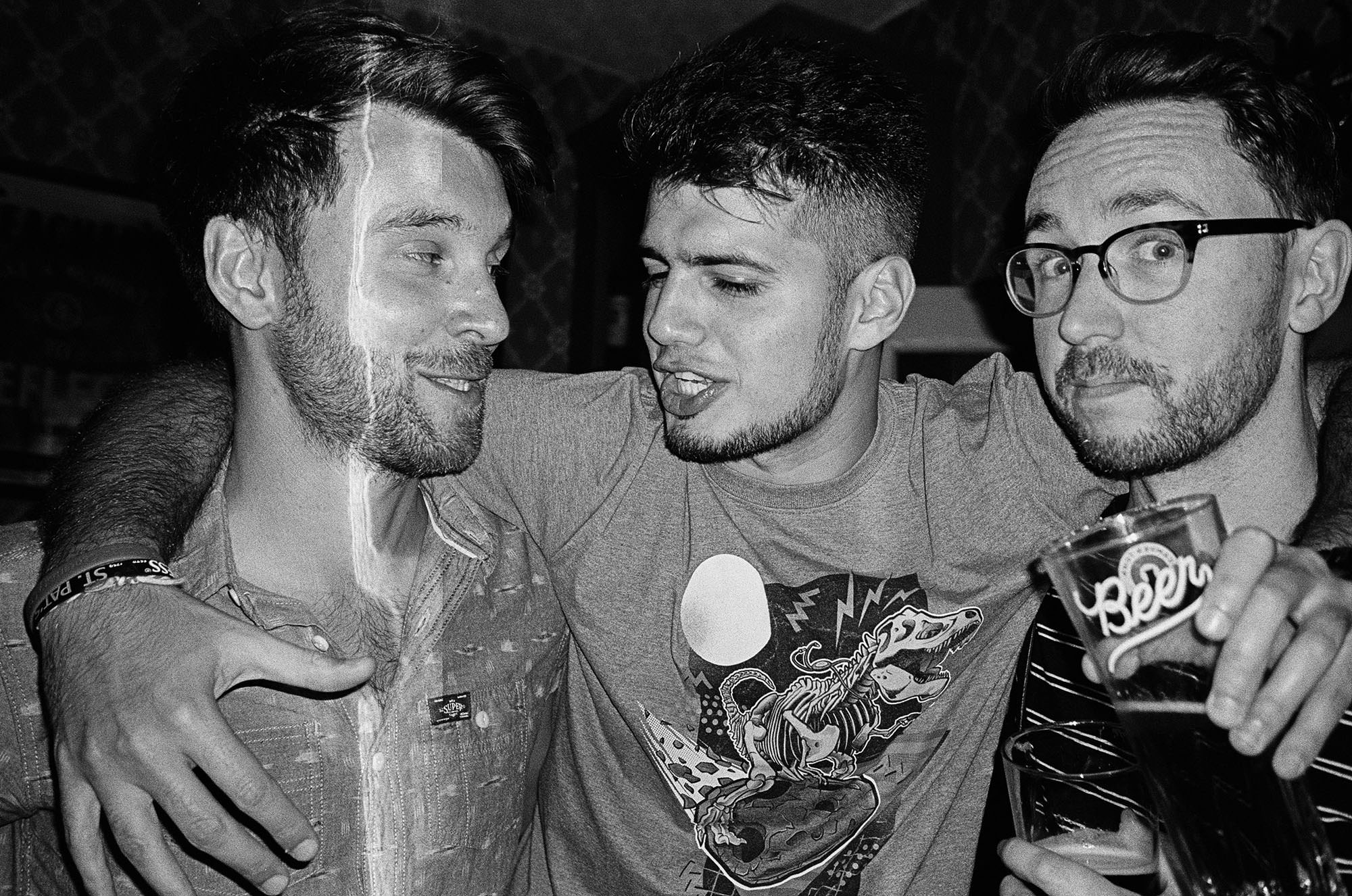
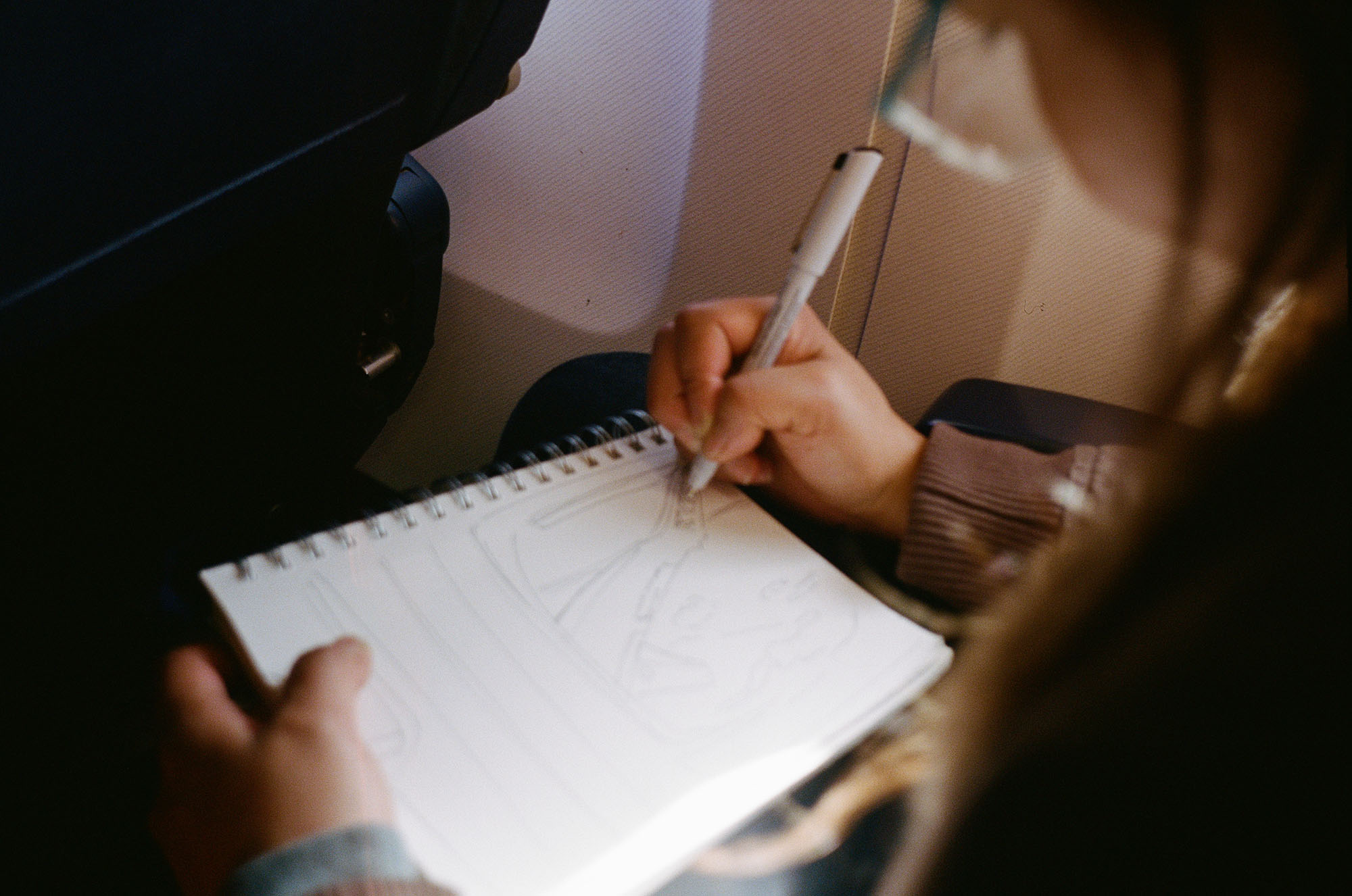
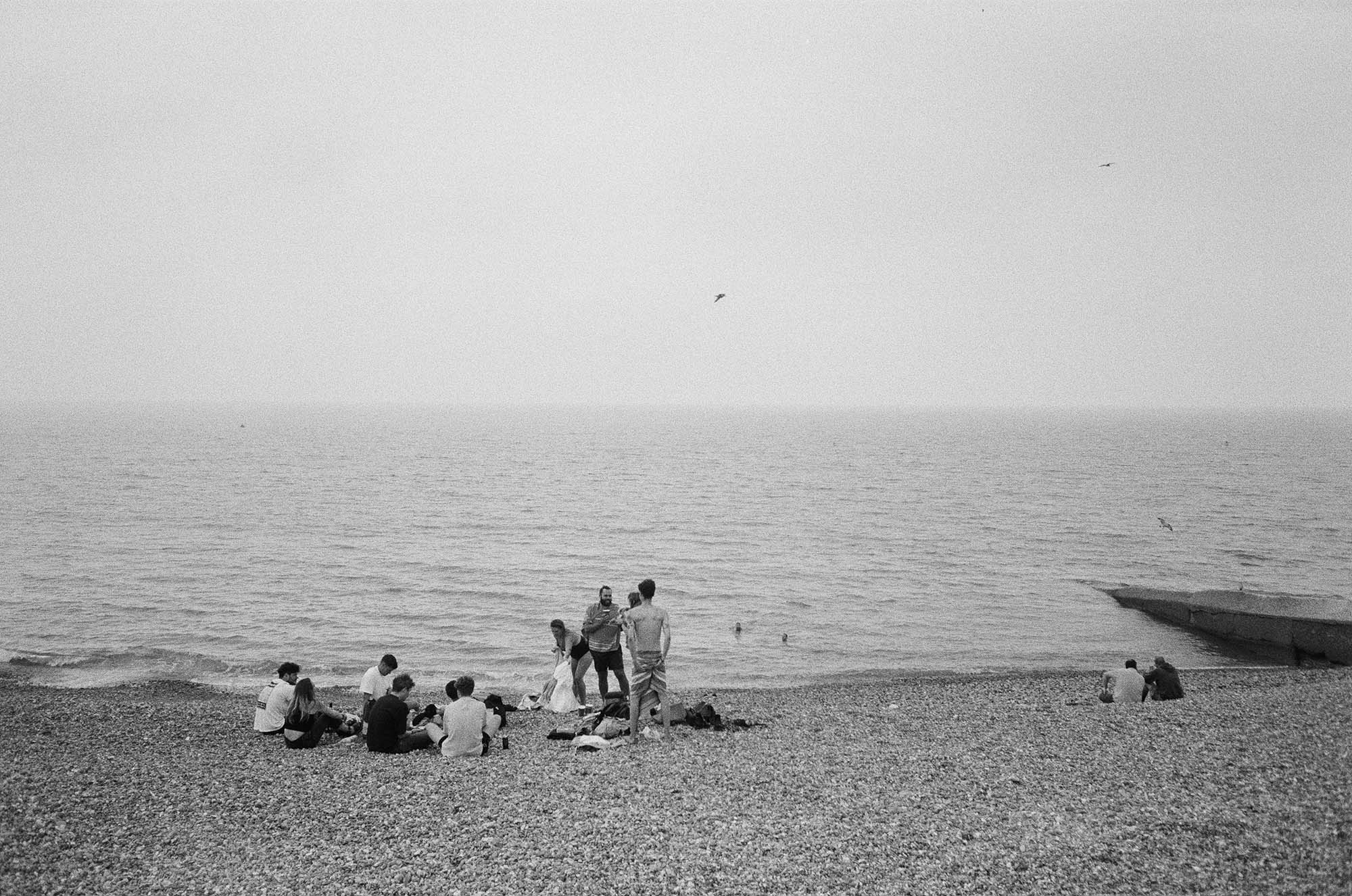
While I don’t shoot a lot with the Olympus mju-II at the moment, I love looking back at the photos I took with it over the past years. They reinforce that feeling in me that I know what I want my work to say. And they help me understand how to do that better so my clients can trust that I don’t create snapshots but images that carry a message that’s important to them.
My photos are about the people in them. Whether I shoot for clients or myself, I’m trying to make every frame count. So when I now deliver a family photography gallery with 100+ images, I want to make sure that each image is a good representation of what happened. Or when my business clients get their photos, they’ll have a variety of images and every songle one can be used individually because it tells a story.
My photography is about intent. That’s my goal with every photo, combined with your hope and wish for what these images will make you feel when you look at them.
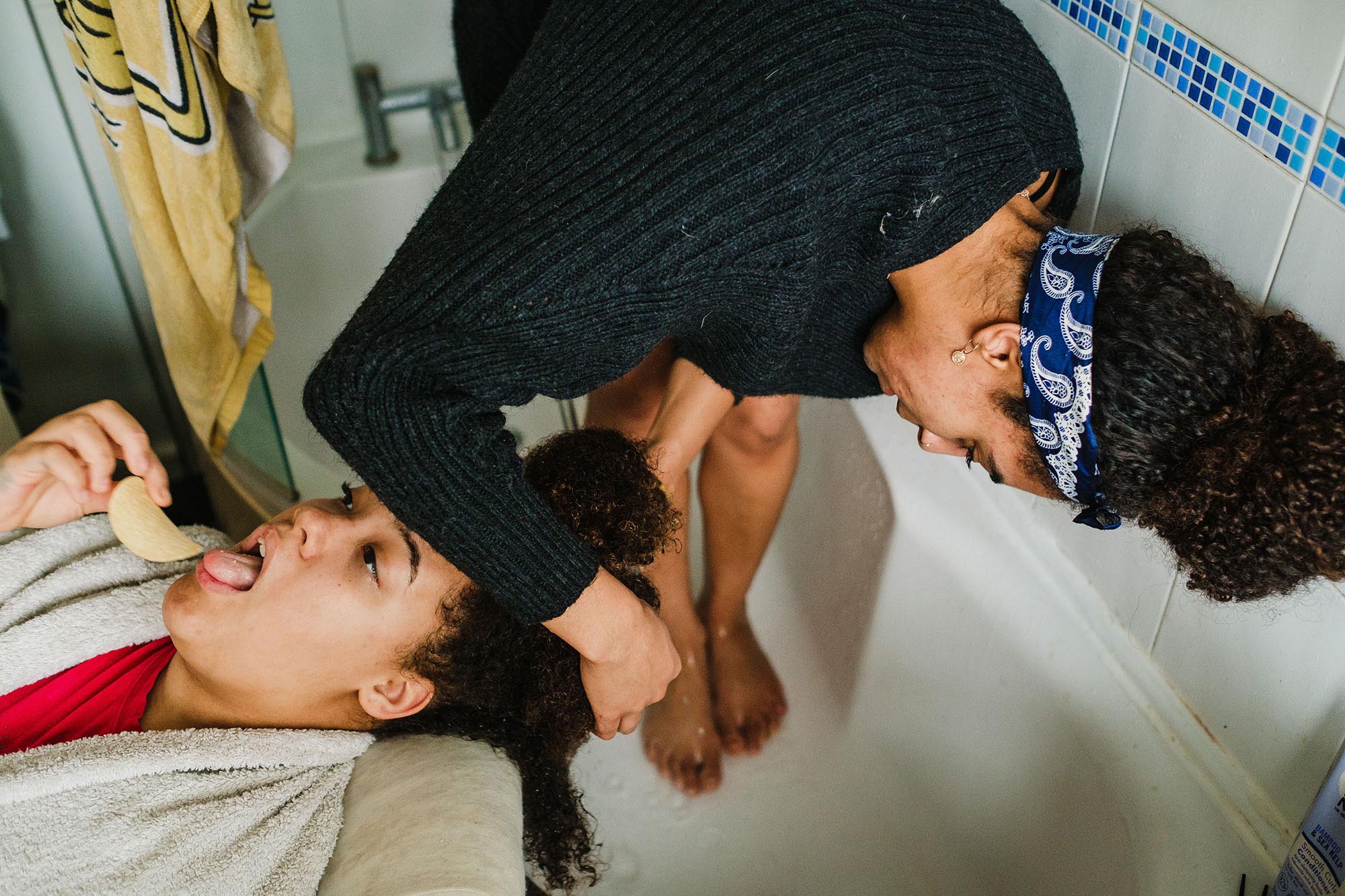
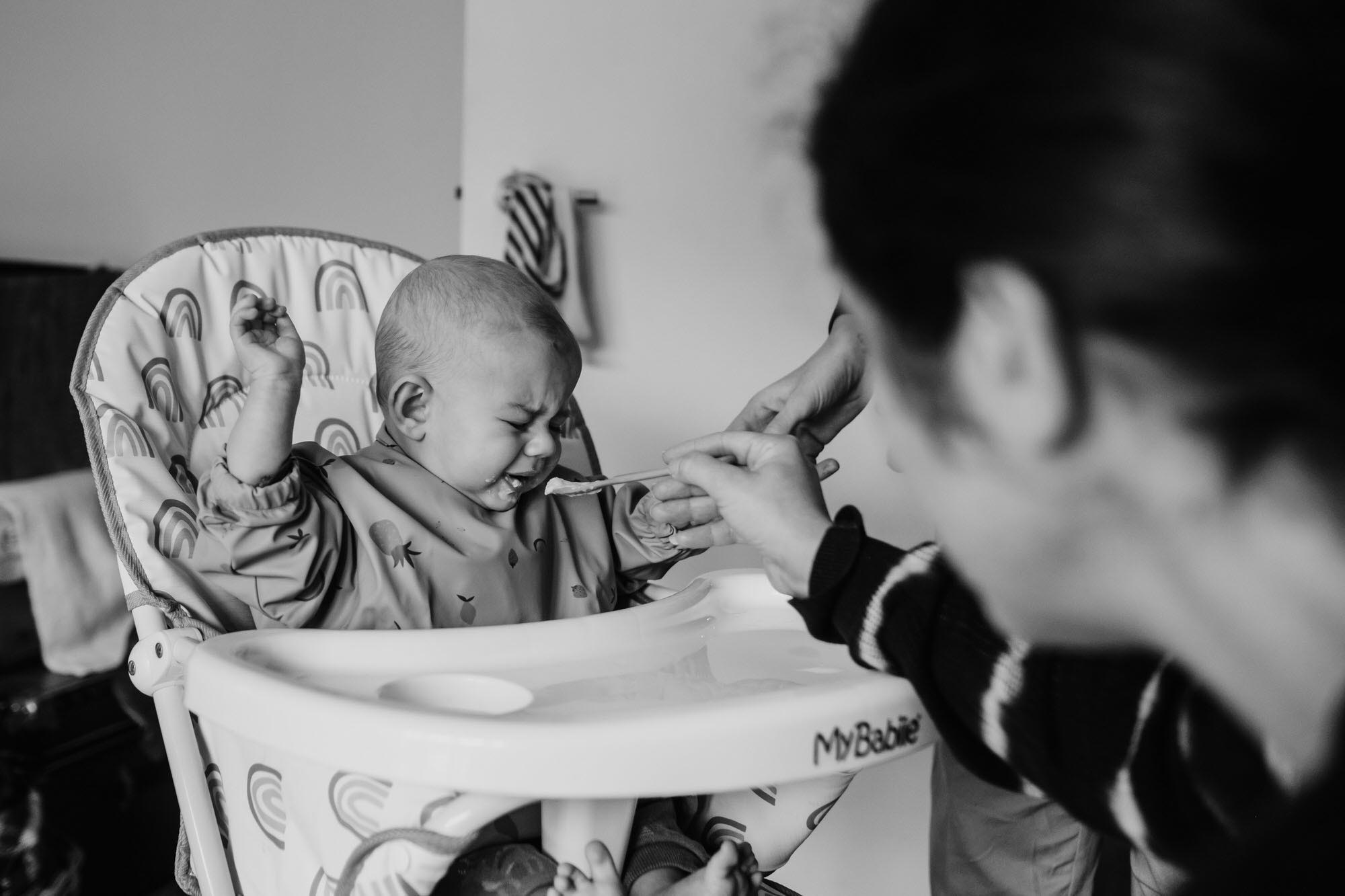
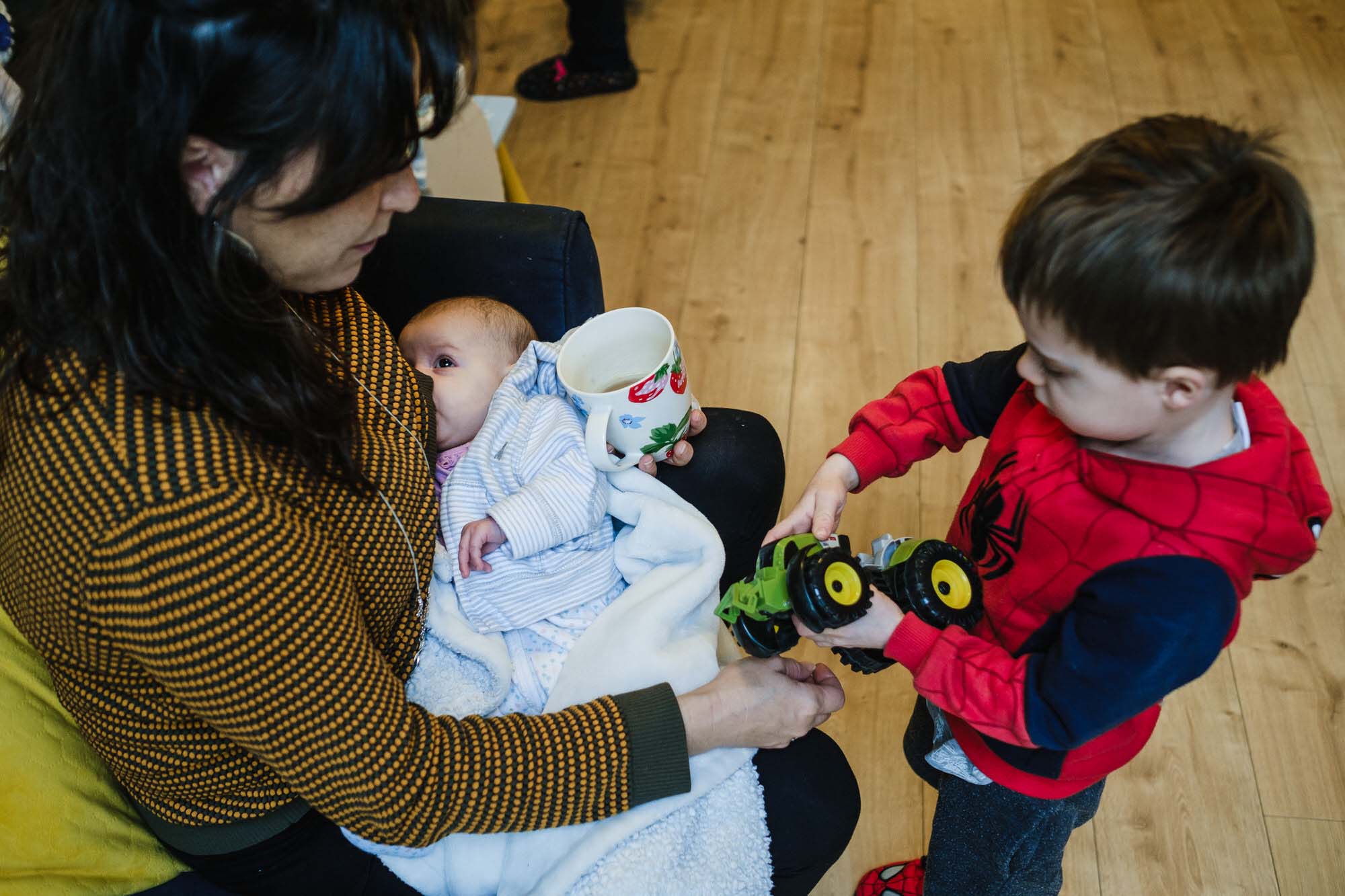
Right, would you like to see how I might be able to create the photos that you would like either of your family life or for your business? Get in touch and let’s have a chat about it.





